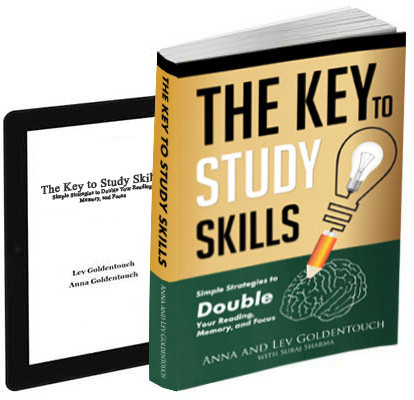Impulse purchases happen to everyone. You walk into a store for one item and walk out with a handful of things you never planned to buy. While it may seem like a harmless habit, impulse buying has deeper psychological roots. Emotions, brain chemistry, social pressures, and clever marketing all work together to influence quick decisions. For those already managing debt or exploring options like veteran debt relief, these unplanned expenses can create added financial strain. By understanding the hidden triggers behind impulse spending, it becomes easier to pause, reflect, and make choices that support long-term financial stability.
The Pull of the Unexpected Purchase
We’ve all been there—you head into a store for toothpaste and somehow leave with a bag full of snacks, candles, or gadgets you didn’t plan on buying. These moments are easy to laugh off, but impulse buying has a powerful psychological foundation. It’s not just about weak willpower—it’s about how our brains, emotions, and environments team up to nudge us toward quick decisions. For people already managing debt or looking into solutions like veteran debt relief, impulse spending can become a bigger issue, making it harder to stick to budgets or financial goals. Understanding why these decisions happen is the first step to regaining control.
The Role of Emotions
Emotions are often the spark behind impulse purchases. Stress, boredom, excitement, or even loneliness can all send someone searching for a quick mood boost. Buying something new provides a temporary hit of happiness that feels like a reward. The catch is that the relief is short-lived. Once the initial excitement fades, guilt or regret often sets in, especially if the purchase wasn’t affordable. This emotional cycle can create a pattern where spending becomes a way to cope, even when it causes more stress in the long run.
How the Brain Rewards Itself
Impulse buying also ties into the way our brains process rewards. When you spot something you want, your brain releases dopamine, a chemical that signals pleasure and anticipation. This rush makes the idea of buying feel exciting and satisfying before you even swipe your card. Marketers know this and design experiences to maximize that dopamine hit—think of limited-time offers or flashy displays. The reward system works in the moment, but it doesn’t account for the longer-term impact on your wallet.
The Influence of Social Pressures
Friends, family, and even strangers online can play a surprising role in why we buy impulsively. Social pressure makes us want to fit in, and purchasing the latest product or trend can feel like a way to stay connected. Social media amplifies this by constantly showing what others are buying or enjoying. This comparison can trigger “fear of missing out,” or FOMO, which pushes people to spend even if it’s not in their best interest. The desire to keep up often outweighs logical decision-making.
Cognitive Biases at Work
Our minds also use shortcuts that can trick us into spending. One example is the “scarcity effect,” where a product seems more valuable simply because it’s limited. Another is “anchoring,” when the first price we see influences how we judge other prices, even if the comparison isn’t fair. Retailers use these biases to encourage quick decisions, knowing that once you feel like you might lose out, you’re less likely to pause and reconsider.
Marketing’s Subtle Nudges
Marketers are experts at tapping into the psychology of impulse buying. Store layouts, background music, and product placement are all designed to encourage spontaneous choices. Online, it’s the same story—suggested items, free shipping thresholds, and countdown timers all push customers to act fast. These tactics work because they align perfectly with the brain’s desire for immediate reward and avoidance of loss. The more aware you are of these nudges, the easier it is to pause and ask yourself if you really need the item.
Breaking the Cycle
Stopping impulse buying isn’t about cutting out all fun—it’s about making thoughtful choices. One simple strategy is to add a waiting period before buying something unplanned, even if it’s just 24 hours. This pause gives your emotions time to settle and helps you think about whether the purchase aligns with your goals. Another approach is to set clear spending boundaries, like using cash for discretionary purchases so the act of handing over money feels more real. And if impulse buying has already caused financial strain, combining these habits with larger solutions like budgeting help or even programs like Veteran Debt Relief can create lasting change.
Final Thoughts
Impulse buying might feel like a harmless indulgence, but it has deep psychological roots that can quietly erode financial stability. Emotions, brain chemistry, social pressures, cognitive biases, and marketing all contribute to the urge to buy now and think later. The good news is that once you understand these triggers, you can take small steps to resist them. By learning to pause, question, and plan, you regain control over your decisions and protect your financial well-being. In the end, the real reward comes not from the instant thrill of an impulse purchase but from the long-term peace of mind that comes with financial discipline.

Get 4 Free Sample Chapters of the Key To Study Book
Get access to advanced training, and a selection of free apps to train your reading speed and visual memory

